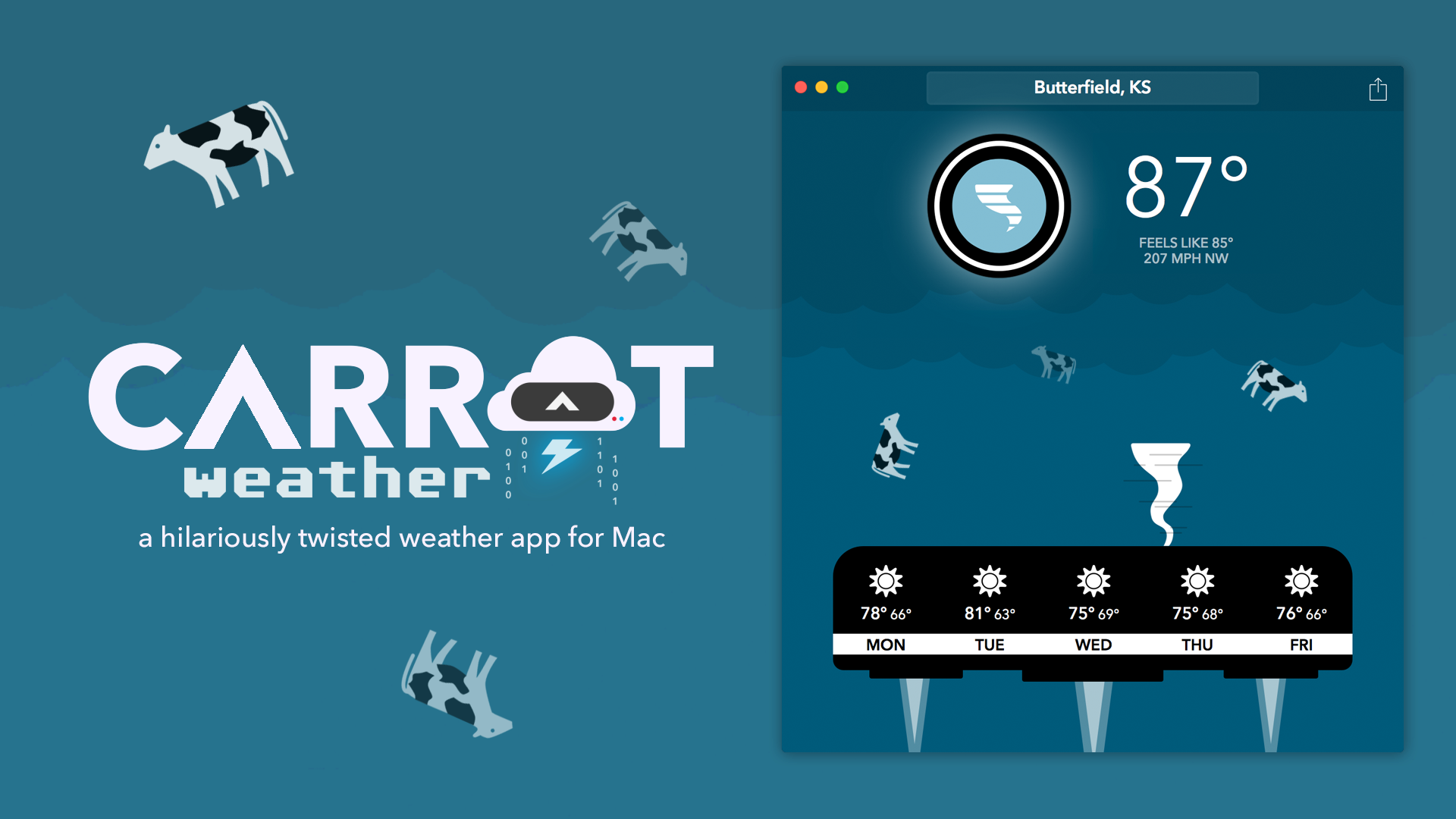
CARROT WEATHER FIND A TESLA SERIES
In 2019, scientists published new research about the Tunguska event in a series of papers in a special issue of the journal Icarus. Studying Tunguska to prepare for future events Approximate size comparison of the asteroids/meteorites that exploded over Tunguska and Chelyabinsk, in relation to the Empire State Building and the Eiffel Tower. Per current understanding of the asteroid population, an object like the Chelyabinsk meteor can impact the Earth every 10 to 100 years on average. Fortunately, the force of the explosion was not enough to knock down trees or structures.
CARROT WEATHER FIND A TESLA WINDOWS
The explosion’s shockwave blew out roughly a million windows and injured more than a thousand people. This generated a shock wave equivalent to a 550- kiloton explosion. The resulting interpretation is that Chelyabinsk was most likely a stony asteroid the size of a five-story building that broke apart 15 miles (24 kilometers) above the ground. The models were used with video observations of the fireball and maps of the damage on the ground to reconstruct the original size, motion and speed of the Chelyabinsk object. This highly documented fireball created an opportunity for researchers to apply modern computer modeling techniques to explain what was seen, heard and felt. As NASA explained, new evidence arrived to help solve the mystery of Tunguska: The Chelyabinsk event provided vital clues as to what happened during the Tunguska event. Image via Alex Alishevskikh, who caught it about a minute after the blast. Smoke trail from the Chelyabinsk meteor, February 15, 2013. On February 15, 2013, a similar although smaller airburst occurred over the city of Chelyabinsk, Russia. In fact, the Tunguska event basically did happen again, just on a smaller scale: The Chelyabinsk meteor, 1,500 miles (2,400 km) to the west, 105 years later.

Photo via the Soviet Academy of Science/ NASA Science. It wasn’t until 1927 that Russian scientists – led by Leonid Kulik – were finally able to get to the scene. Another view of fallen trees at Tunguska in Siberia, in 1929. A similar kind of air burst from an incoming asteroid or comet flattened the trees in Siberia in 1908. Navy submarine-launched Tomahawk cruise missile. Photo of an air burst, in this case from a U.S. The truth is just as interesting, and perhaps more terrifying … because it can happen again. Later, they pointed to a mini-black-hole, or a particle of antimatter. People claimed a stricken alien spacecraft caused the destruction. He made an initial trip to the region, interviewing local witnesses and exploring the area of fallen trees.īut Kulik did not find any meteorite fragments or an impact crater.Īs a result of Kulik’s initial investigation, some concocted wild theories to explain the Tunguska event. In 1927, Leonid Kulik led the first Soviet research expedition to investigate the Tunguska event. Why did it take so long – the better part of the 20th century – for scientists to understand what caused the Tunguska event? For one thing, it was almost a decade before the first scientists reached this remote region of Siberia. The asteroid was traveling at a speed of about 33,500 miles (54,000 km) per hour and exploded 3 to 6 miles (5 to 10 km) above Earth’s surface. Scientists determined the object was most likely a stony asteroid approximately the size of a 25-story building. This type of atmospheric explosion was still enough to cause massive damage to the forest in the region. They now believe the incoming object never struck Earth, but instead exploded in the atmosphere, causing what’s known as an air burst. But, even without a crater, scientists still categorized it as an impact event. Tunguska explosion largest in recorded historyĪ mysterious aspect of the Tunguska event was that, surprisingly, no one ever found a crater.

Map showing the approximate location of the Tunguska event of 1908 in Siberia, Russia.

Yet, ultimately, decades passed before anyone could explain the event.

Moreover, a powerful shockwave broke windows hundreds of miles/kilometers away and knocked people off their feet. In addition, a flash and a sound similar to artillery fire was said to follow it. Incredibly, the blast released enough energy to kill reindeer and flatten an estimated 80 million trees over an area of 830 square miles (2,150 square km). Witnesses reported seeing a fireball – a bluish light, nearly as bright as the sun – moving across the sky. The explosion happened over the sparsely populated northern forestland above the Podkamennaya Tunguska River in what is present-day Krasnoyarsk Krai. Now, we observe Asteroid Day each year on June 30, on the anniversary of what’s now known as the “Tunguska explosion”. On today’s date 114 years ago, the largest asteroid impact in recorded history struck on a warm summer morning in Siberia, Russia. Photo from the Soviet Academy of Science 1927 expedition, led by Leonid Kulik, showing trees knocked over by the Tunguska explosion in 1908.


 0 kommentar(er)
0 kommentar(er)
